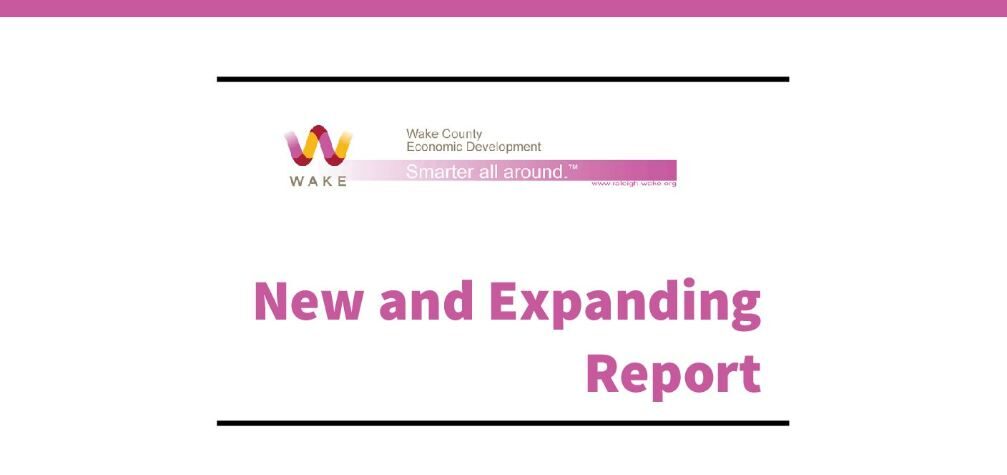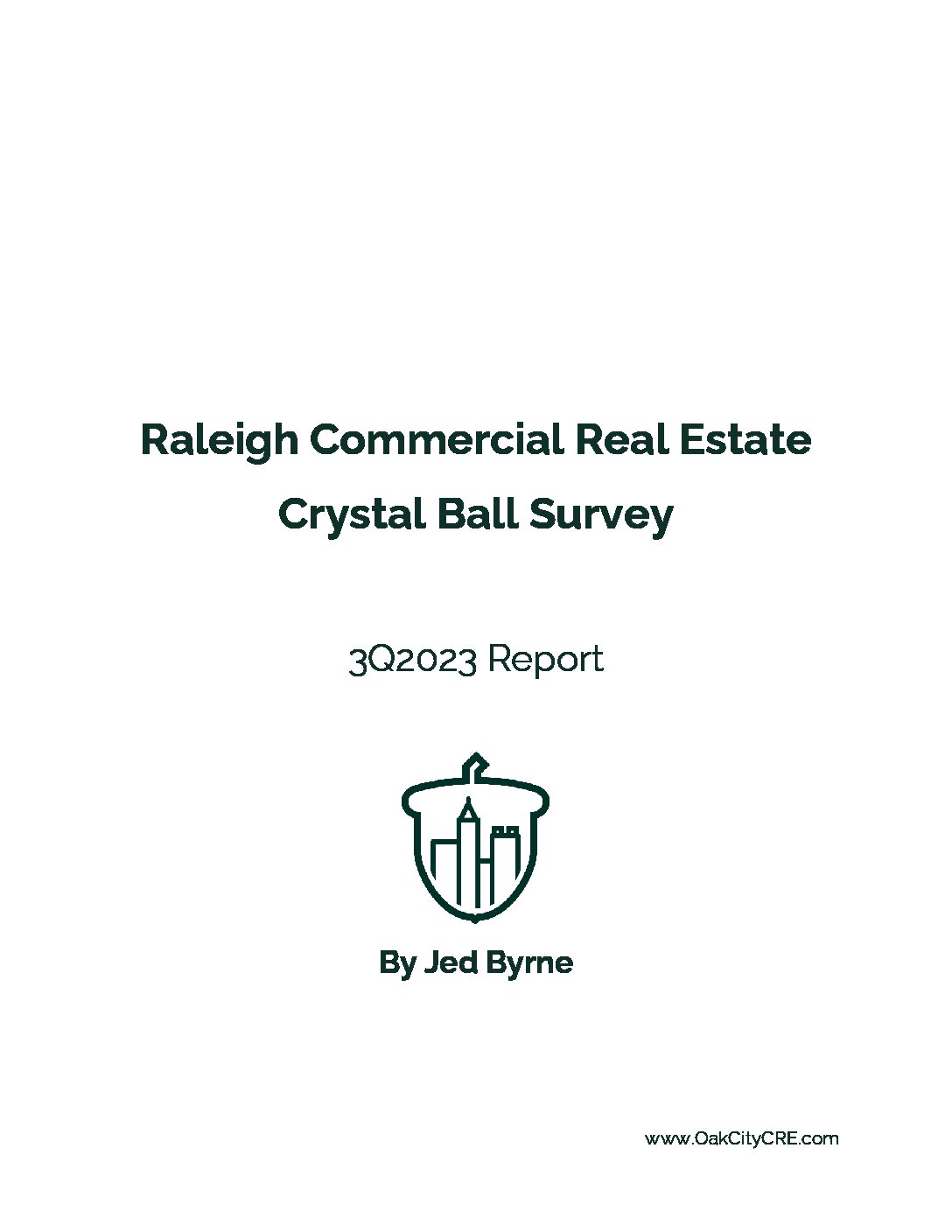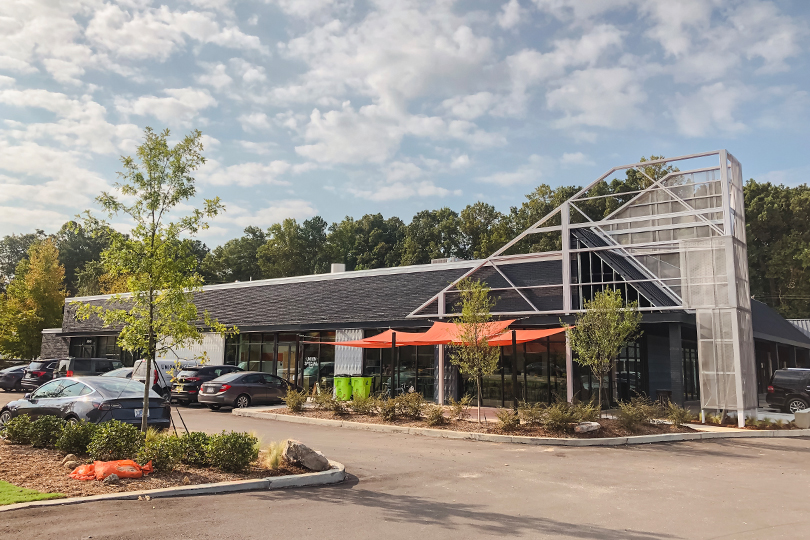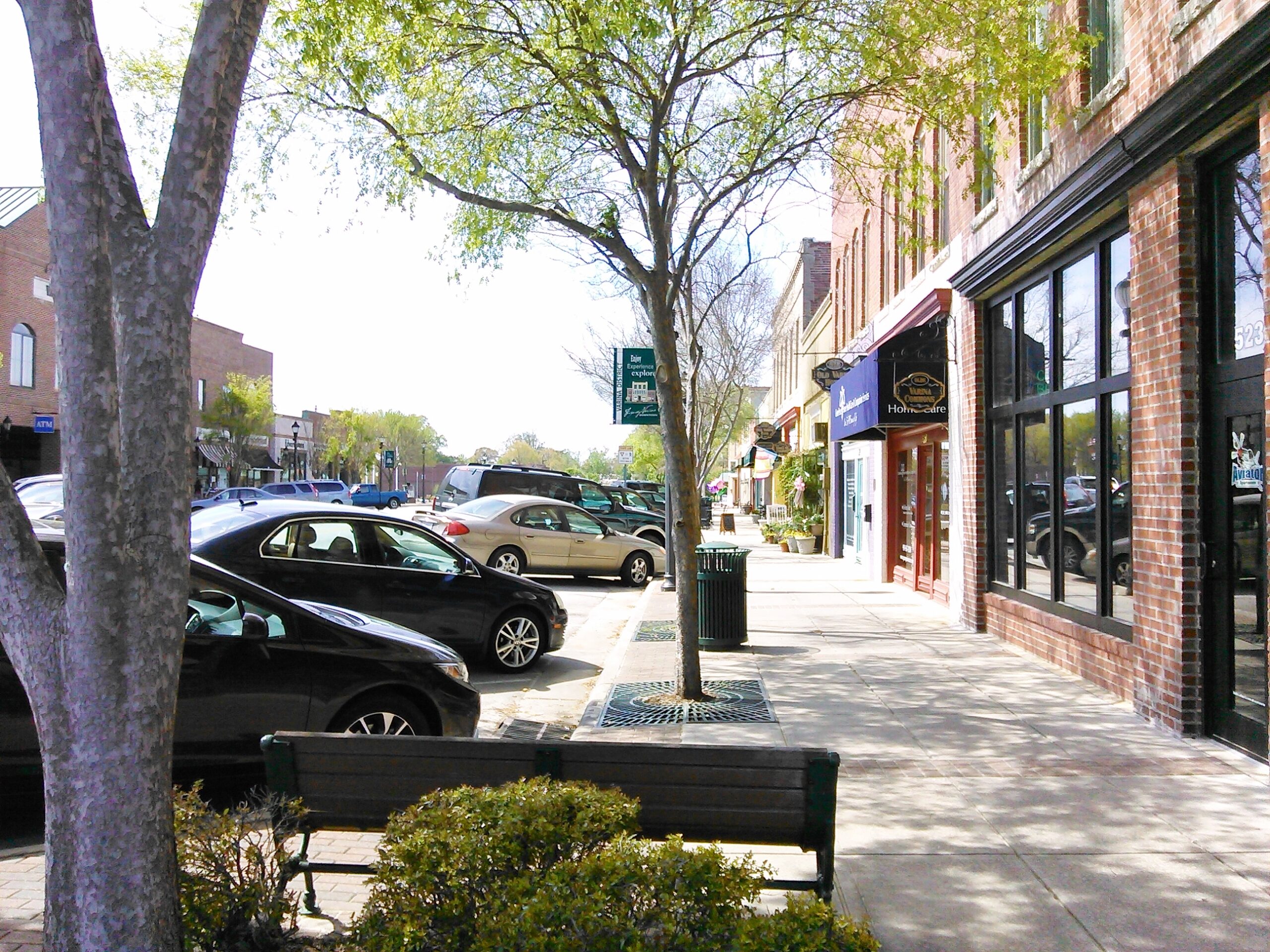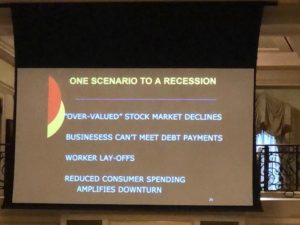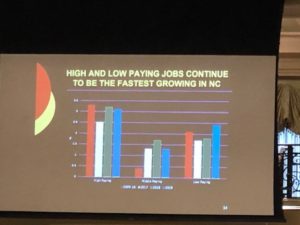From Our Friends at Jordan Price Law Firm:
While none of us has a crystal ball, some public statements this week from NCDHHS lead us to anticipate that pools will be allowed to open during Phase II of NC’s reopening, and the conditions are yet to be defined. The link here to the just-published CDC guidance for operating HOA pools this summer is a great tool for HOA managers and boards to start thinking about pool operations, as North Carolina is likely to require compliance with CDC guidance in this area.
We know many of you are apprehensive about how to comply with rules that seem so far afield from what you are set up to do at your community pool. We want to emphasize that the key to compliance is reasonableness. The policy goal for changing pool rules and methods of operation is not strictly to abide by a state mandate – the overarching goal is to prevent the spread of the disease. Keeping that in mind and recognizing that there are certainly limitations to the ability to enforce every guideline in every situation is a reasonable and justifiable approach.
We fully anticipate situations arising this summer where owners who are fearful of community spread of COVID-19 will call the police or health department to report violations of social distancing and gathering limitation rules at the pool or other common areas. We believe we will be able to work through those issues with the health department and avoid shut downs if the board has a reasonable plan in place for enforcement. By reasonable, we definitely are not recommending physical confrontations to enforce social distancing or a physical confrontation to force someone to leave the pool. But the HOA does have reasonable enforcement tools in its arsenal for levying fines and revoking pool privileges after due process. Those enforcement tools will only be available if you adopt specific rules that owners are expected to follow at the pool – and those are going to be different than the rules you used last summer. By demonstrating to the local health department that the HOA board (1) has adopted appropriate rules; (2) is tracking noncompliance with periodic drive-bys or acting on owner complaints with evidence as to owners are recklessly disregarding the rules; and (3) is acting to impose consequences for violations, we would hope to work cooperatively with the health department to avoid a shut down in the event they do receive reports of gathering limitation or social distancing violations.
We have attached some suggested disclaimer language for posting signage at the pool entrance and entrances to pool restrooms. We would also recommend posting safety signs at the facility such as those referenced in the CDC link above. Including this language in your rules addendum for this summer and on any correspondence you send (by mail or digitally) is also recommended. If you plan on using sign-up genius or another online reservation system for designated times that members can reserve their spot at the pool, adding this disclaimer language to the registration link would be ideal. While we have been asked by a number of clients whether they should have every owner using the pool sign a waiver, the disclaimer language posted prominently as we have described is a much more logistically feasible solution, allowing managers and pool personnel to focus on other aspects of pool safety rather than chasing down and tracking those individually signed forms. Operating a pool always imposes some liability, but we believe posting this signage is a good step toward providing some liability protection.
We have spent a lot of time in our office thinking through possible scenarios posed by managers, board members and pool professionals, as well as ideas we have researched from across the country. Ultimately, we find it is difficult to create pool rules which are one size fits all, and we certainly would want you to tailor your rules to the guidance that comes out with any new Executive Order or a more restrictive county or municipal order. We encourage each of your communities to have a “2020 Pool Rules Addendum” reviewed by legal counsel, published to the entire membership, and displayed prominently at the facility prior to opening of any pool.



